On May 28…
“The Framers of the Bill of Rights did not purport to ‘create’ rights. Rather, they designed the Bill of Rights to prohibit our Government from infringing rights and liberties presumed to be preexisting.”
~Justice William J. Brennan
Prepare yourself for another lengthy visit into the past. Once again, a few of these events required a detailed explanation.
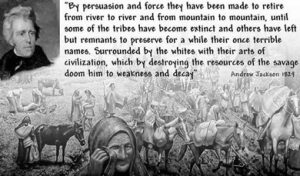
1830 – The Indian Removal Act was signed into law by Andrew Jackson, authorizing the president to grant unsettled lands west of the Mississippi in exchange for Indian lands within existing state borders.
Removal did not happen immediately: it took some time to put the infrastructure in place, to hire private companies to conduct the removals, to negotiate new treaties with the tribes, and to secure title to lands west of the Mississippi from the Indian nations occupying this area.
By 1833, the mechanisms were in place and the government was exerting political pressure on the tribes to get them to agree with removal. Jackson viewed the demise of Indian tribal nations as inevitable, pointing to the advancement of settled life. He dismissed romantic portrayals of lost Indian culture as a sentimental longing for a simpler time in the past, stating that “progress requires moving forward.”
In Jackson’s State of The Union address in 1833, his words were starkly similar to words spoken in Germany in the 1930s and 40s about another ethnic group:
“That those tribes cannot exist surrounded by our settlements and in continual contact with our citizens is certain. They have neither the intelligence, the industry, the moral habits, nor the desire of improvement which are essential to any favorable change in their condition. Established in the midst of another and a superior race, and without appreciating the causes of their inferiority or seeking to control them, they must necessarily yield to the force of circumstances and ere long disappear.”
During the fall and winter of 1838 and 1839, the Cherokees (the last forced removal east of the Mississippi) were forcibly moved west by the United States government. Approximately 4,000 Cherokees died on the forced march that later became known as the Trail of Tears.
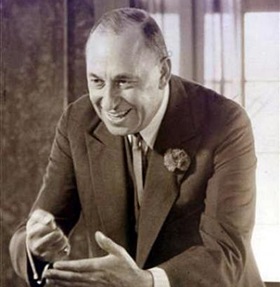
1928 – Walter P. Chrysler worked out a deal that made automotive history and took him from rags to riches. He merged his Chrysler Corporation with Dodge Brothers, Inc. The merger of Chrysler and Dodge, the largest automobile industry merger in history at the time, placed the newly consolidated firm third in production and sales, just behind General Motors and Ford Motor Company.
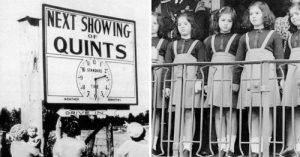
1934 – The Dionne quintuplets were born near Callender, Ontario to Oliva and Elzire Dionne. They were the first quintuplets to survive infancy. As far as the public was concerned, it was a wonderful story. The truth, however, was a far different story.
Four months after the birth of the sisters, the Ontario government intervened and found the parents to be unfit for the quintuplets. Custody of the five babies was withdrawn on the advice of Premier Mitchell Hepburn in 1935.
The guardianship was initially for two years. Although Oliva Dionne remained part of the guardianship, the children were put under the guidance of Dr. Allan Roy Dafoe and two others. The stated reason for removing the quintuplets from their parents’ legal custody was to ensure their survival.
Across the road from their birthplace, the Dafoe Hospital and Nursery was built for the five girls. They lived there until they were nine years old.
The compound – surrounded by a seven-foot barbed-wire fence – had an outdoor playground which allowed tourists to observe the sisters behind one-way screens. The girls were brought to the playground and put on display for thirty minutes two or three times a day.
Approximately 6,000 people per day visited the observation gallery that surrounded the outdoor playground to view the sisters. Ample parking was provided and almost 3 million people walked through the gallery between 1936 and 1943. In addition, the sisters, their likenesses and images, were used to publicize commercial products.
In November 1943, the Dionne parents won back custody of the sisters. The quintuplets left the family home upon turning 18 years old in 1952 and had little contact with their parents afterwards.
In 1998, the sisters reached a $2.8 million settlement with the Ontario government as compensation for their exploitation, which seems inadequate when you consider they brought in more than $50 million in total tourist revenue to Ontario.
Two of the Dionne sisters are still alive.
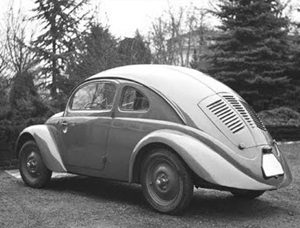
1937 – The government of Germany – under the control of the National Socialist Party – formed a new state-owned automobile company, then known as Gesellschaft zur Vorbereitung des Deutschen Volkswagens mbH. Later that year, it was renamed simply Volkswagenwerk, or “The People’s Car Company”.
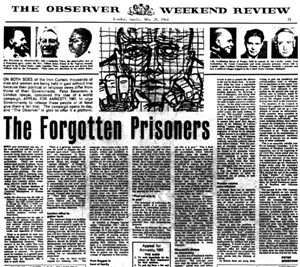
1961 – British newspaper The London Observer published British lawyer Peter Benenson’s article “The Forgotten Prisoners” on its front page, launching a campaign calling for the release of all people imprisoned in various parts of the world because of the peaceful expression of their beliefs. This will later be considered as the founding of the human rights organization Amnesty International.
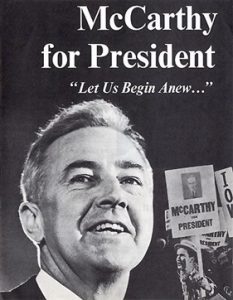
1968 – Senator Eugene McCarthy (MN) upset Senator Robert Kennedy (NY) in the Oregon Democratic primary. With President Lyndon Johnson having dropped out of the race two months earlier, and with Vice President Hubert Humphrey choosing not to actively compete in the primaries, McCarthy won 44.7% of the vote, while Kennedy won 38.8%.
Although he had withdrawn, Johnson picked up 12.4%.
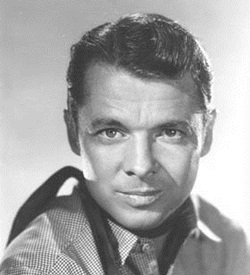
1971 – Audie Murphy, one of the most decorated American combat soldiers of World War II, died when the private plane in which he was a passenger crashed into Brush Mountain, near Catawba, Virginia. He was only 45. He was interred with full military honors at Arlington National Cemetery where his grave is the cemetery’s second most-visited gravesite, after that of President John F. Kennedy.
The headstones of Medal of Honor recipients buried at Arlington National Cemetery are normally decorated in gold leaf. Murphy previously requested that his stone remain plain and inconspicuous, like that of an ordinary soldier.
Murphy received the Medal of Honor for valor demonstrated at the age of 19 for single-handedly holding off an entire company of German soldiers for an hour … but we’ll get to that in a minute.
Murphy had already been awarded three Purple Hearts, two Bronze Star with “V” Device and bronze oak leaf cluster, two Silver Star with bronze oak leaf cluster, Legion of Merit, and the Distinguished Service Cross before the events which would make him an international hero.
On January 26, 1945, he was with the 3rd Division in the town of Holtzwihr, France. German troops scored a direct hit on an M10 tank destroyer, setting it on fire, forcing the crew to abandon it. Murphy, commander of Company B – and a man already suffering from two leg wounds – ordered his men to retreat to positions in the woods. He remained alone at his post, shooting his M1 carbine and directing artillery fire via his field radio while the Germans aimed fire directly at his position. He mounted the abandoned, burning tank destroyer and began firing its .50 caliber machine gun at the advancing Germans, killing a squad crawling through a ditch towards him.
For an hour, Murphy stood on the flaming tank destroyer returning German fire from foot soldiers and advancing tanks, killing or wounding 50 Germans. He sustained another leg wound during his stand, and stopped only after he ran out of ammunition. Murphy rejoined his men, disregarding his own injuries, and led them back to repel the Germans. He insisted on remaining with his men while his wounds were treated.
For his actions that day, he was awarded the Medal of Honor. France recognized his service with the French Legion of Honor, the French Croix de guerre with Silver Star, the French Croix de guerre with Palm, and the French Liberation Medal. Belgium awarded Murphy the Belgian Croix de guerre.
After the war, Murphy enjoyed a 21-year acting career. He played himself in the 1955 autobiographical film To Hell and Back, based on his 1949 memoirs of the same name, but most of his roles were in westerns.
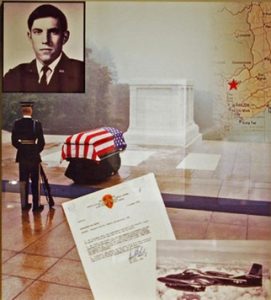
1984 – President Ronald Reagan led the nation in a state funeral for an unknown American soldier who perished in the Vietnam War. The coffin was pulled on a black caisson along a crowded seven-mile route from the Capitol and, 11 years after the war ended, was interred in the Tomb of the Unknowns at Arlington National Cemetery.
The serviceman was laid to rest in a crypt near unknown servicemen from the two World Wars and the Korean War. ”The unknown soldier who has returned to us today and whom we lay to rest is symbolic of all our missing sons,” the President said in his eulogy.
As it turned out, Reagan’s ”symbolic” comment was more accurate than he could have imagined.
In 1994, Ted Sampley, a POW/MIA activist, determined that the remains of the Vietnam Unknown were likely those of Air Force 1st Lt. Michael Joseph Blassie, who was shot down near An Lộc, Vietnam in 1972. Sampley published an article in his newsletter and contacted Blassie’s family, who attempted to pursue the case with the Air Force’s casualty office without result.
In January 1998 CBS News broadcast a report based on Sampley’s investigation which brought political pressure to support the identification of the remains.
The body was exhumed on May 14, 1998. Based on DNA testing, Department of Defense scientists confirmed the remains were those of Blassie.
The identification was announced on June 30, 1998, and on July 10, Blassie’s remains arrived home to his family in St. Louis, Missouri; he was interred at Jefferson Barracks National Cemetery on July 11.
The slab over the crypt that once held the remains of the Blassie has since been replaced. The original inscription of “Vietnam” and the dates of the conflict has been changed to “Honoring and Keeping Faith with America’s Missing Servicemen” as a reminder of the commitment of the Armed Forces to the fullest possible accounting of missing service members.
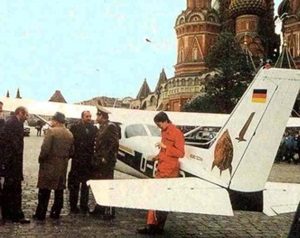
1987 – Mathias Rust, a 19-year-old amateur pilot from West Germany, took off from Helsinki, Finland, traveled through more than 400 miles of Soviet airspace, and landed his small Cessna aircraft in Red Square. The event proved to be an immense embarrassment to the Soviet government and military.
Rust (in the orange jumpsuit) was tried for violating Soviet airspace and sentenced to prison. He served 18 months before being released.
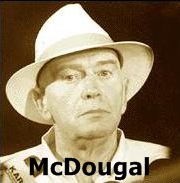
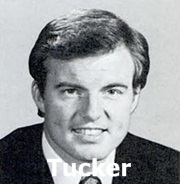
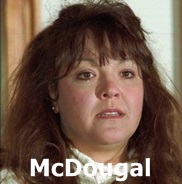
1996 – President Bill Clinton and First Lady Hillary Clinton’s former business partners in the Whitewater land deal were convicted of fraud.
Jim McDougal was given a three year sentence but died of a heart attack in 1998.
Former Arkansas Governor Jim Guy Tucker received a lenient sentence of four years’ probation and house detention in part because of his poor health. He died later that year.
After serving four months of a 2-year sentence, Susan McDougal was released for medical reasons. In 2001, in the final hours of his presidency, President Clinton granted her a full presidential pardon.
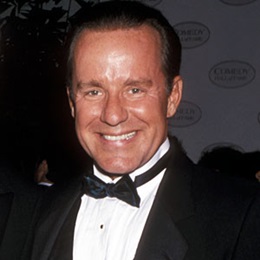
1998 – Comedian and actor Phil Hartman, famous for his work on Saturday Night Live and NewsRadio, was shot to death by his wife, Brynn, in a murder-suicide. He was 49.
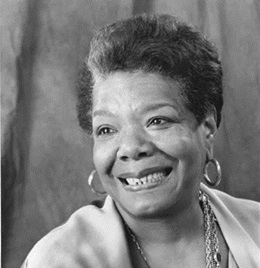
2014 – American poet, author, and civil rights activist Maya Angelou – “the black woman’s poet laureate” – died at the age of 86.
She gained acclaim for her first book, her autobiography I Know Why the Caged Bird Sings, making her one of the first African-American women to write a best-seller. In 1998, she directed the film Down In The Delta about a drug-wrecked woman who returns to the home of her ancestors in the Mississippi Delta.
She was the poet chosen to read at President Bill Clinton’s first inauguration in 1993. She wrote and read an original composition, On The Pulse of Morning, which became a million-seller. Angelou received many accolades, including dozens of honorary degrees, the Presidential Medal of Arts in 2000 and the Lincoln Medal in 2008.
Compiled by Ray Lemire ©2018 RayLemire.com. / Streamingoldies.com. All Rights Reserved.